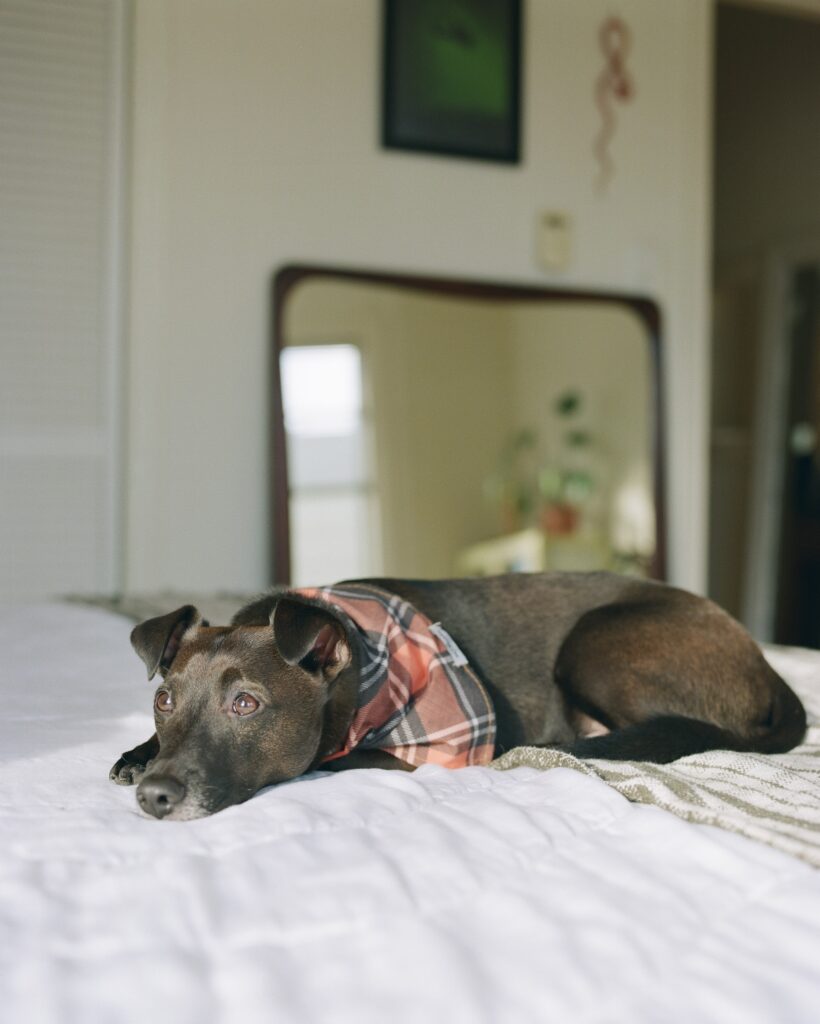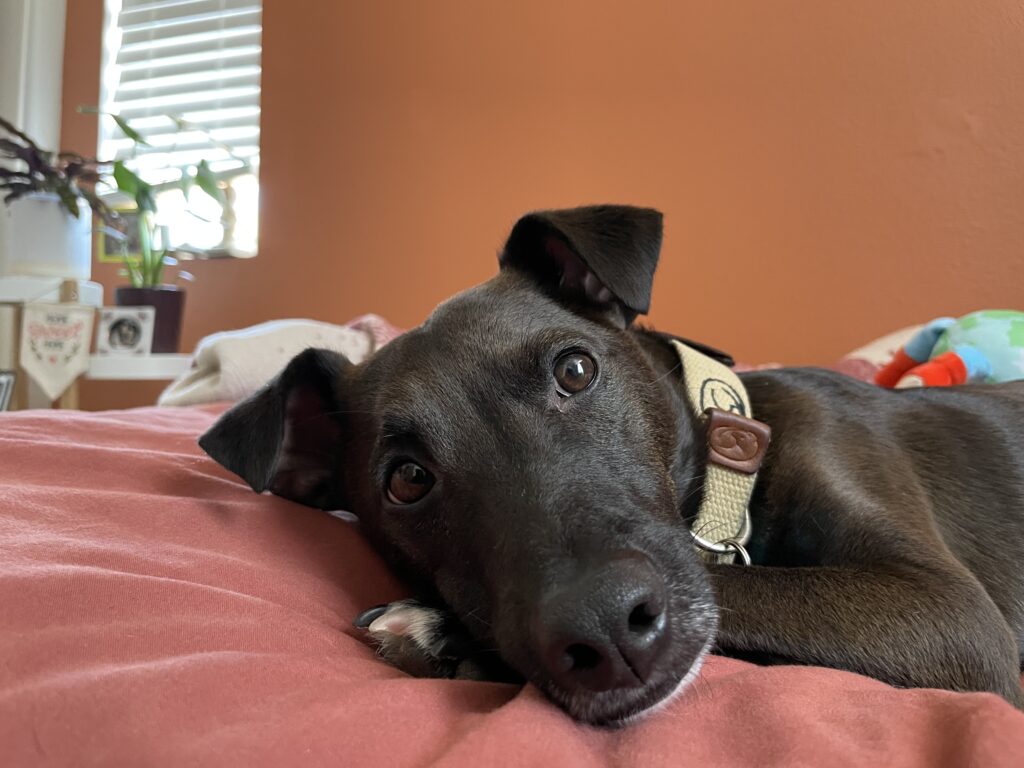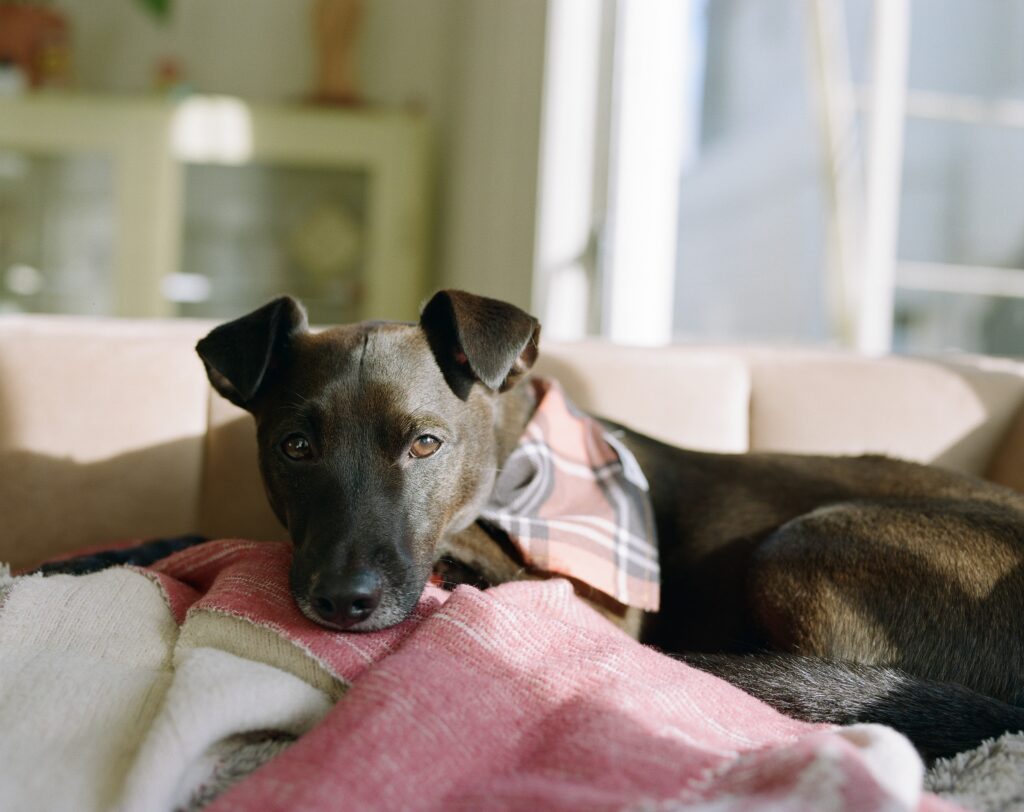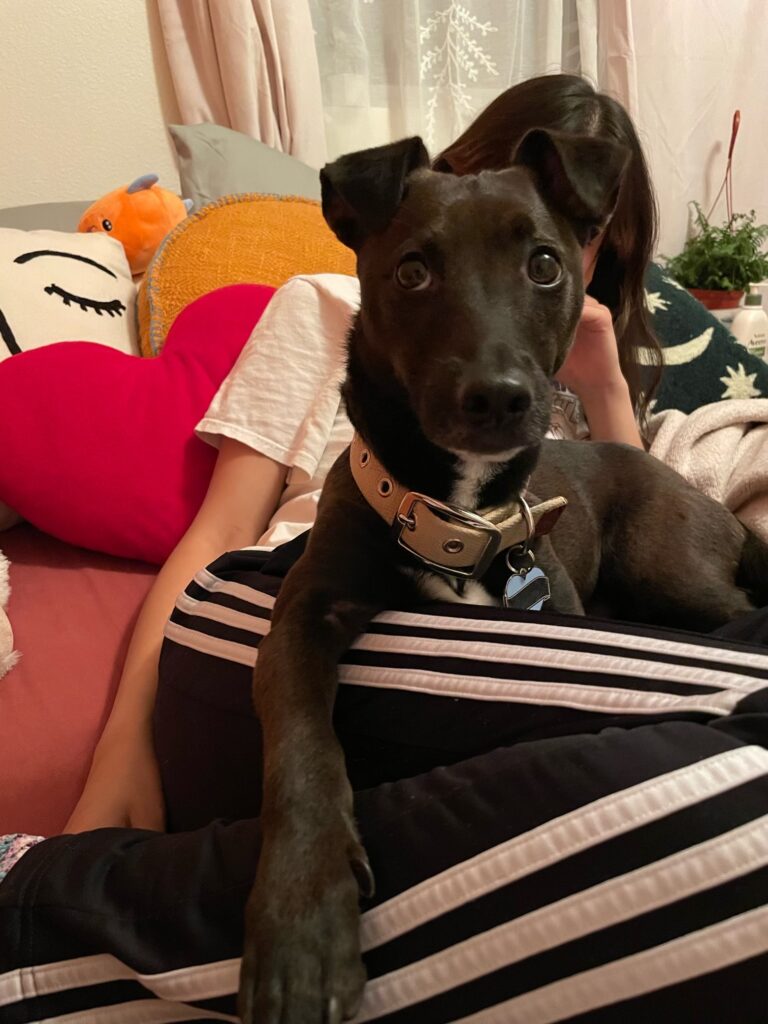What are you thinking about, my good boy? Dogs, known for their loyalty, companionship, and expressive nature, have a unique ability to captivate our hearts. Their soulful eyes and endearing facial expressions often make us wonder about the depth of their thoughts. Photographers, both professional and amateur, have embraced the challenge of capturing these moments, freezing them in time to create images that seem to portray dogs lost in contemplation. In this article, we explore the art of taking photographs that make dogs appear as if they are deep in thought, revealing the complex and profound nature of our beloved four-legged friends.

The Power of Expression:
One of the remarkable aspects of dogs is their ability to communicate through non-verbal cues. From the gentle tilt of the head to the intensity of their gaze, dogs possess an innate capacity to convey emotions. When photographing dogs, capturing these subtle expressions can reveal a depth of thought that often goes unnoticed in our everyday interactions.

Composition and Lighting:
To create photographs that convey a sense of a dog’s inner world, composition and lighting play crucial roles. The composition should emphasize the dog’s face, particularly the eyes, which are often considered windows to the soul. Close-up shots that focus on the facial features can provide an intimate glimpse into their thoughts. Additionally, using a shallow depth of field can isolate the subject and draw attention to their contemplative expression.
Lighting is another essential factor in capturing the desired effect. Soft, diffused light can add a sense of serenity to the photograph, while dramatic lighting can create an atmosphere of introspection. Experimenting with natural light or employing artificial lighting techniques, such as backlighting or sidelighting, can enhance the mood and contribute to the illusion of deep reflection.

Patience and Observation:
Photographing dogs that appear lost in thought requires patience and a keen eye for capturing fleeting moments. Dogs, like humans, have their own unique personalities, and some may be more prone to introspection than others. Spend time observing the dog, paying attention to their behavior, and waiting for those instances when they seem to retreat into their own world. Be ready to capture the moment by having your camera prepared and your settings adjusted accordingly.
Building Trust and Connection:
Establishing a connection with the dog is crucial for capturing authentic and contemplative moments. Spend time getting to know the dog, allowing them to feel comfortable and at ease in your presence. Engage in activities they enjoy or create a calm and relaxed environment to encourage a contemplative mood. When the dog feels comfortable and trusts you, they are more likely to reveal their introspective side, allowing for photographs that truly evoke a sense of thoughtfulness.
Post-Processing and Artistic Choices:
Post-processing plays an essential role in enhancing the mood and aesthetic of the photographs. Experimenting with different editing techniques can bring out the desired emotions and emphasize the contemplative nature of the images. Adjusting contrast, tones, and colors can further enhance the atmosphere, allowing viewers to connect with the photograph on a deeper level.
Additionally, exploring different artistic choices, such as black and white photography or selective colorization, can create a timeless and evocative effect. These artistic decisions can help emphasize the dog’s introspection and evoke a sense of wonder and curiosity in the viewer.

Conclusion:
Photographing dogs that appear lost in thought requires a combination of technical skill, observation, patience, and a deep appreciation for our canine companions. By capturing those moments when dogs seem to retreat into their own world, photographers can reveal the complexity of their thoughts and emotions. These photographs not only showcase the beauty and depth of our four-legged friends but also remind us of the profound connection we share with them.